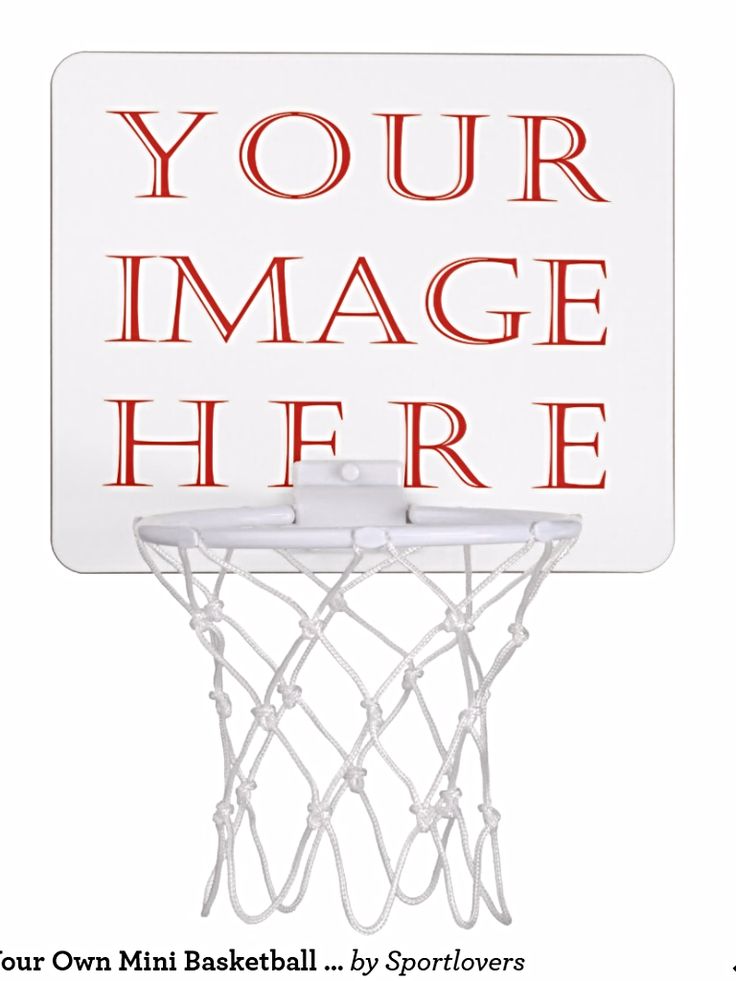Home »
Misc »
How much does a basketball goal weigh
How much does a basketball goal weigh
Average Basketball Hoop Weight (with 17 examples)
In short, an average basketball hoop weighs around 130 pounds (59 kilos) dry weight, which means the weight of the hoop when its base is not filled with sand nor water. On average, you can expect to add 400 pounds (180 kilos) of sand or 245 pounds (110 kilos) of water to that number to get a “real world” example.
Obviously, this depends dramatically on the size and construction of your portable basketball hoop so I’ll include a bunch of examples later in this article. As a general rule, you can expect your basketball hoop, filled with sand, to weigh about 550 pounds or 375 pounds filled with water.
I’m assuming you’re wondering how much does a basketball hoop weigh because you’re trying to figure out how big of a basketball hoop you need to be secure enough for kids or yourself, and occasional dunking.
In general, a portable basketball hoop with a base capacity of 35 gallons and more is suitable for older teenagers and grown men.![]() Anything less than that and you risk crashing it down on you, your loved ones, or even your vehicle.
Anything less than that and you risk crashing it down on you, your loved ones, or even your vehicle.
These are a few examples of popular basketball hoop models and how much they weigh:
- 54 pounds without water or sand – Lifetime 90023 (44’’ backboard, 31-gallon base)
- 56 pounds without water or sand – Lifetime 1269 (44’’ backboard, 27-gallon base)
- 78 pounds without water or sand – Lifetime 90491 (48” backboard, 31-gallon base)
- 83 pounds without water or sand – Spalding NBA Portable Basketball System (48″ backboard, 37-gallon base)
- 100 pounds without water or sand – Silverback NXT Portable Basketball Hoop (52’’ backboard, 35-gallon base)
- 107 pounds without water or sand – Lifetime 71524 (54’’ backboard, 35-gallon base)
- 110 pounds without water or sand – Spalding Pro Slam NBA Basketball System (54’’ backboard, 37-gallon base)
- 113 pounds without water or sand – Spalding NBA Hercules Pro Glide Advanced Lift (52’’ backboard, 39-gallon base)
- 130 pounds without water or sand – Spalding Ultimate Hybrid Jr (44’’ backboard, 30+ gallon base)
- 145 pounds without water or sand – Spalding Ultimate Hybrid Jr (48’’ backboard, 30+ gallon base)
- 154 pounds without water or sand – Spalding NBA Hybrid (54’’ backboard, 40+ gallon base)
- 155 pounds without water or sand – Silverback NXT (50’’ backboard, 25-gallon base)
- 161 pounds without water or sand – Spalding NBA (54’’ backboard, 40-gallon base)
- 190 pounds without water or sand – Spalding Pro-Tek Basketball System (54’’ backboard, 40-gallon base)
- 202 pounds without water or sand – Spalding NBA Hybrid (60’’ backboard, 40+ gallon base)
- 240 pounds without water or sand – Spalding NBA (60’’ backboard, 40-gallon base)
- 348 pounds without water or sand – Spalding NBA Beast (60’’ backboard, 50+ gallon base)
Water and sand weight
Water weighs eight pounds per gallon, and an average basketball hoop has a 35-gallon base capacity.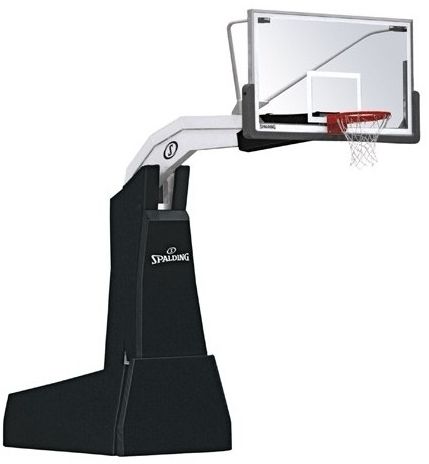 Just water will add nearly 250 pounds to the weight of your hoop.
Just water will add nearly 250 pounds to the weight of your hoop.
Maybe you want to secure it even more so you’ll add sand instead of water. Sand weighs over 13 pounds per gallon, which means you’re likely to add 150 pounds of weight on average, even if you don’t fill it fully.
How the backboard material affects weight
In search of a portable basketball hoop, we’ll often notice how backboards differ in a material. Backboards are build of molded plastic, acrylic, polycarbonate and glass, and that’s going to influence the weight of the basketball hoop.
The hoops suitable for children usually feature molded plastic backboards as kids play with smaller basketballs and thus the backboard doesn’t suffer too much. These are the lightest backboards out there.
Acrylic is far more enduring and heavier than molded plastic. It allows for a more competitive game and provides a solid rebound feel. With a density of 1.19 grams per cubic centimeter, the acrylic backboard doesn’t create too much sound and its durability won’t leave you disappointed.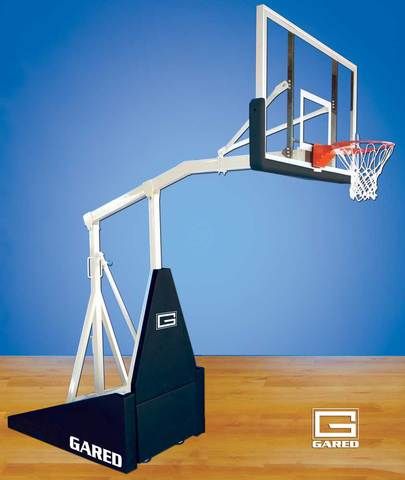
Polycarbonate backboards are even more long-lasting than the acrylic ones. Although they look and feel pretty much the same, polycarbonate is denser (1.2 grams per cubic centimeters) and thus stronger material. There’s not much difference in price between the two, so if you’re planning on a dunk show every now and then, polycarbonate is a better choice.
The heaviest backboard material – glass, will give you the most real and authentic rebound feel. You’ll see this type of backboard in the NBA, as well as the NCAA and even semi-pro leagues. Higher end basketball hoops feature glass backboard as its weight is more than double than polycarbonate and acrylic (density of glass – 2.53 grams per cubic centimeter).
Maximally secure your basketball hoop
When you own a portable basketball hoop, you need to do everything to keep it from falling over.
The first and most important step is fully filling the base and filling it with the densest material you can find.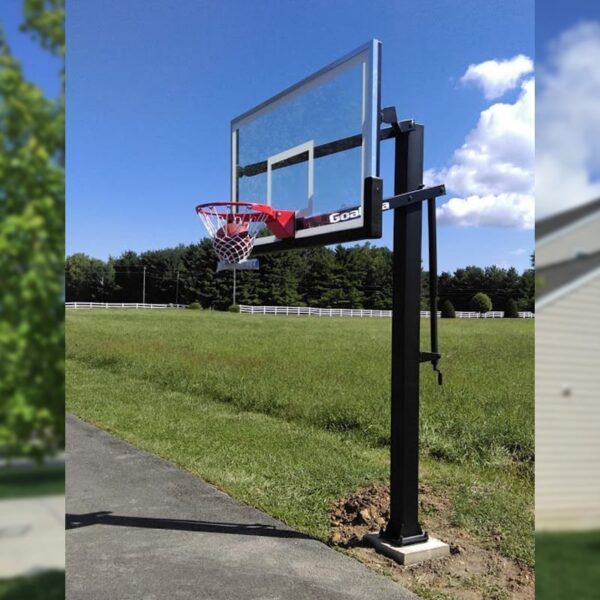 Most manufacturers are recommending sand instead of water, but there’s also the BaseGel. Mixed with water, this super-absorbent polymer provides the same result as around 400 pounds of sand. A good option for those who want to move their hoop often, as you can instantly turn the process just by adding table salt.
Most manufacturers are recommending sand instead of water, but there’s also the BaseGel. Mixed with water, this super-absorbent polymer provides the same result as around 400 pounds of sand. A good option for those who want to move their hoop often, as you can instantly turn the process just by adding table salt.
If you have a portable basketball hoop that kids use or you want to secure it from wind you can use a pair of anchors and ratchet strap. If you want to learn more about securing basketball hoop, we recently wrote an article so just follow the link.
Do you need a portable basketball hoop?
Be wary as you look for basketball hoops to make sure that you don’t get taken by the marketing. Almost every basketball hoop today, no matter how lightweight it is, is marketed as “safe, secure, fun” Check the numbers.
There is a basketball hoop for all age groups. However, if you’re limited by budget, there’s a strong chance you’ll buy whatever you run on to and hope for best.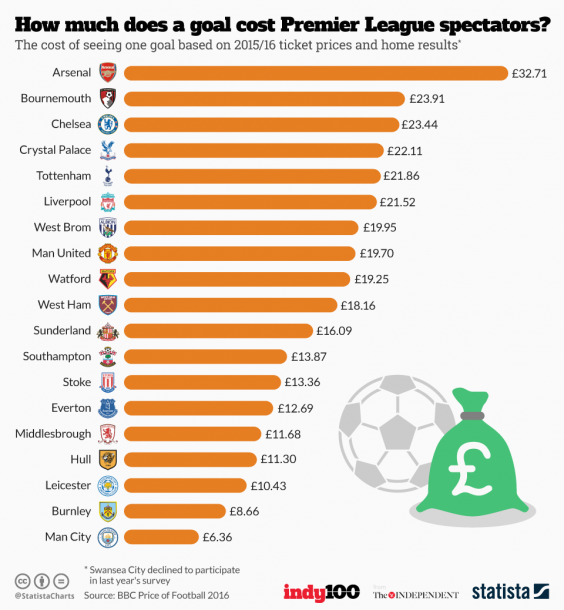 To avoid that, research just a little bit before making the choice. This is where we talked about best portable basketball hoops for older teenagers and grown-ups, and here you’ll find our reviews of smaller basketball hoops for kids.
To avoid that, research just a little bit before making the choice. This is where we talked about best portable basketball hoops for older teenagers and grown-ups, and here you’ll find our reviews of smaller basketball hoops for kids.
Remember, better safe than sorry. I learned it the hard way on my first portable basketball hoop.
HOW TO SECURE YOUR MOBILE BASKETBALL COURT
FOR PERFORMANCE AND SAFETY
So you have invested in a mobile basketball hoop and are ready to set it up in the location of your choice. Well, at least it’s the location of your choice today. And that’s the beauty of the mobile system, if you need to move it later, you can.
But for now, you want to get it placed and ready for action. However, you also need to make sure your system is secure and stays put. You want it to have a firm base so that it reacts with the same action as a permanent system.
We have reviewed the various ways to secure your system and put together some pros and cons for each.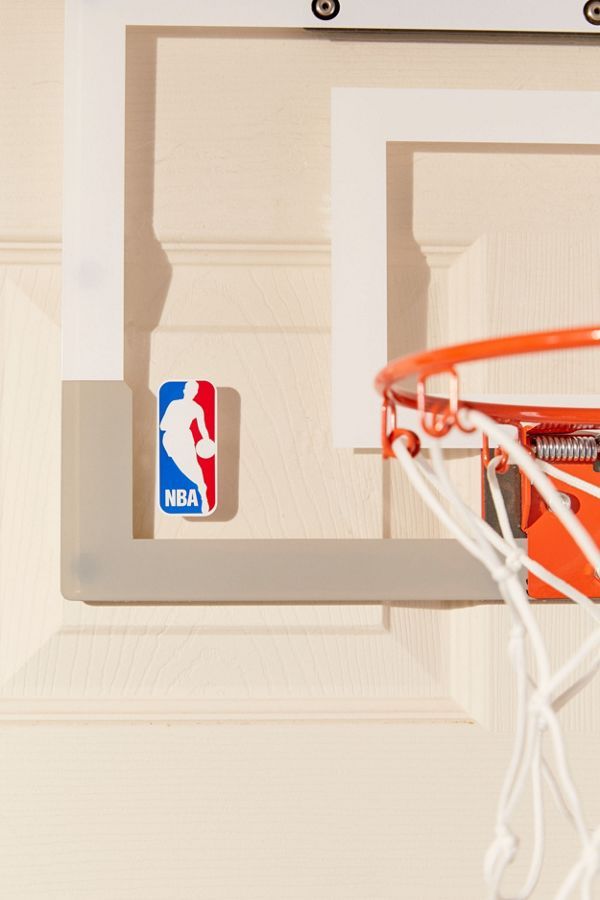 Here is what we found.
Here is what we found.
Filling the Base with Water
Using water to fill the base is a common way to weigh down your portable system. Here are some advantages and disadvantages of this method.
Pros
- Using water is easy to do and is also easily accessible.
- If you need to move your system later, filling it with water will actually make it weigh less than if filled with sand. Water weighs about 8 pounds per gallon as opposed to sand that weighs 13 pounds per gallon.
- Water will cost less than using sand or another method to fill the base.
Cons
- Water can evaporate which can make the unit less stable and require refilling.
- If the base cracks, leaks can occur and also make the unit unstable.
- Unless emptied in the winter months or antifreeze is added, water can freeze and crack the base.
- Using water is actually a pro and a con.
 It is a pro because it is lighter and easier to move. But it’s a con in that it’s lighter weight makes it less stable than a heavier alternative.
It is a pro because it is lighter and easier to move. But it’s a con in that it’s lighter weight makes it less stable than a heavier alternative.
Filling the Base with Sand
Another popular alternative is using sand to weigh down your basketball goal. Here are some advantages and disadvantages of this method.
Pros
- As mentioned, sand is heavier than water and weighs more. System bases can normally hold up to 35 gallons and at 13 pounds per gallon you will have over 450 pounds of support for your system.
- Should the base crack, you will notice sand where the crack is located but it will not leak like water does.
- Sand is recommended over water because the system will be much more stable due to the added weight.
Cons
- If you need to move your system later, it will be physically more difficult due to the added weight.

- The cost of filling your system with sand is obviously more expensive that if you used your garden hose to fill it with water.
Other Solution
BaseGel Basketball Goal Portable Bases Polymer. This solution is on the market in 16oz size. When mixed with water, it will absorb up to 400 pounds and turn to a leak proof gel.
Pros
- Easy to add. Mix with water and fill the water to the recommended fill line.
- Cost is much less than sand and can be mixed with water.
- Even if the base cracks, the system will not leak.
- Gel can be returned to liquid when adding a salt and water solution should you need to drain and move the system.
Cons
- Still may be slightly less weight than an all sand base.
- Small cost needed to buy the BaseGel product.
Other Considerations
Cinder Blocks
The use of cinder blocks has more risks than benefits.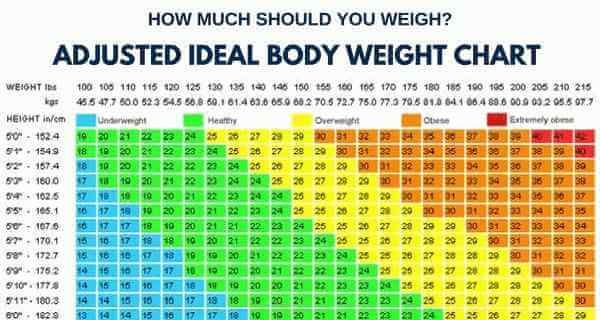 Whether you are using them to add extra weight or on their own, they can move, flip over or players could fall into them and be injured.
Whether you are using them to add extra weight or on their own, they can move, flip over or players could fall into them and be injured.
Bricks, Cement Bags or Sandbags
These are things that are also not recommended due to the fact that they are not secure, can be moved around during play and also cause injury.
Recent Posts
Building Your Best Basketball Court, at home!
BACKYARD VOLLEYBALL
Bringing Hockey To Your Own Backyard
Help With Building Your Own Rink
Basketball Hoop: Past and Present
Basketball is a game about which you can tell a story with exact numbers and names. In 1891 in America, in Springfield, Dr. D. Naismith came up with the idea to come up with an outdoor team game. What for?
Fig. 1. Dr. D. Naismith
Version 1
A Christian Youth Association training center teacher needed a substitute for American football so that they could play indoors in the winter.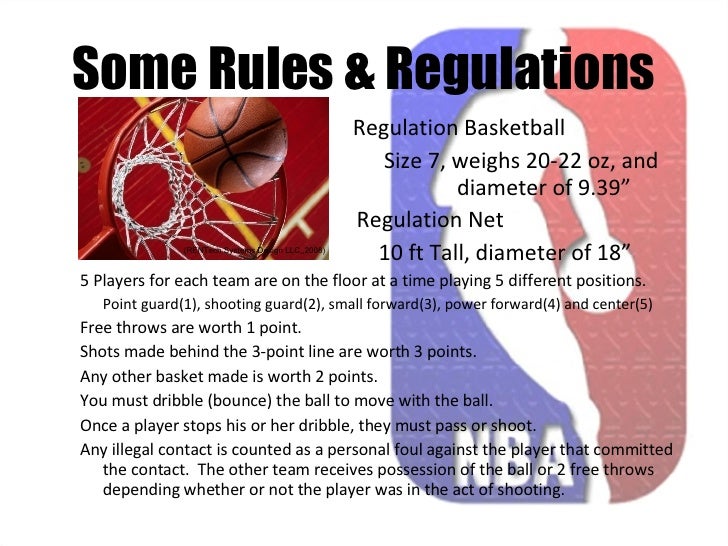
Version 2
Naismith wanted to diversify his gymnastics.
The first rules in basketball
In the 19th century, the rules of the game were similar to those of today. Participants of two teams had to throw the ball into baskets located at a height. Each team had its own zone and its own basket. The winner is the one with the most hits in a certain time.
Certain rules for dribbling have been developed. There were fines for violations. The basketball hoop in those days did not have strict size regulations. Traditional fruit containers were used. Later, the bottom disappeared in them for a simple reason: the players were too lazy to get the abandoned balls every time. The balls also did not have an ideal shape.
Photo 1. The first basketball baskets
Baskets were hung on balconies. The people who were sitting there prevented the balls from flying in the right direction, so they had to build shields. They became a kind of protection from the fans. Then the players noticed that the ring can be hit when the ball bounces off the backboard, it was entertaining.
Then the players noticed that the ring can be hit when the ball bounces off the backboard, it was entertaining.
Basketball hoop dimensions
The size and height of the basketball hoop have not changed much over time. Fruit baskets are no longer used in 1893 years old Replaced with metal rings. To avoid disputes over a successful hit, a net was attached to the ring. With her, it became more noticeable whether the ball was in the basket or not. In 1894, uniform basketball rules appeared.
The game quickly spread around the world, but in the US it has gained particular popularity. Professional basketball players began to be valued very highly, the cost of some contracts amounted to several dollars just for a minute of the athlete being on the court. The earnings were huge. This gave the players the opportunity to train even more in order to show the highest skill in matches.
For a professional player, the dimensions of the basketball hoop and the height at which it is fixed are important.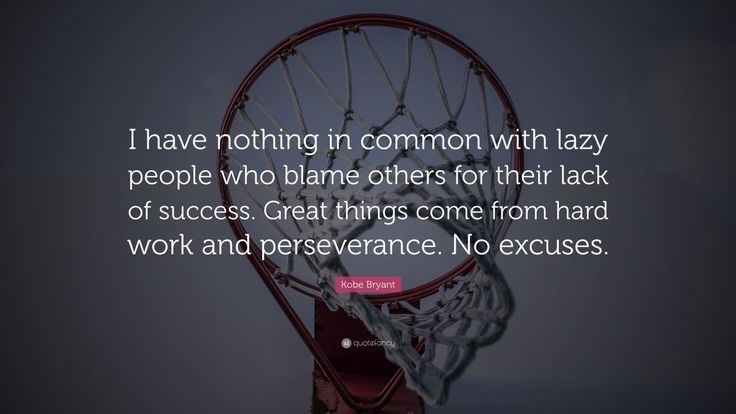 Constant values allow you to better develop skills in determining the position, strength and trajectory of throws. It was decided to standardize the rules and equipment in 1893. It was then that the rings became only metal and with a grid, and the optimal height was determined.
Constant values allow you to better develop skills in determining the position, strength and trajectory of throws. It was decided to standardize the rules and equipment in 1893. It was then that the rings became only metal and with a grid, and the optimal height was determined.
Photo 2. Modern basketball baskets
Today the parameters are as follows:
- platform 28 x 15 m;
- ceiling height not less than 7 meters;
- lower edge of the shield at a height of 290 cm from the floor;
- shield dimensions 180 x 105 cm;
- basket at a height of 305 cm, i.e. 15 cm above the lower edge of the shield;
- ring diameter 45–45.7 cm;
- diameter steel bar for basketball hoop 16–20 mm;
- net 450 mm in diameter, with a mesh of 50 mm.
The ball must also have strictly defined dimensions. However, for men's and women's teams they are different. Balls for basketball players are 74. 9-78 cm in diameter and weigh 567-650 g, for basketball players, respectively - 72.4-73.7 cm, 510-567 g.
9-78 cm in diameter and weigh 567-650 g, for basketball players, respectively - 72.4-73.7 cm, 510-567 g.
Don and other cities of Russia. Just call SportStandard and place an order!
Similar articles
- Selection of hockey goals for sports school
- Referee towers
- Basketball hoops. Features and benefits of depreciation varieties
- Choosing a good backboard for a backyard basketball court
- Purpose and selection of basketball nets
- High standards for high sport
All articles
Football: equipment, balls, goals, field
Keep for yourself, so as not to lose:
Football uniform
Football, its characteristics and dimensions
Football goals and everything connected with them
Football field
Today it is extremely difficult to find a footballer who is dressed in an insufficiently comfortable uniform. Football kit manufacturers from all over the world compete with each other and offer more and more convenient options for football uniforms.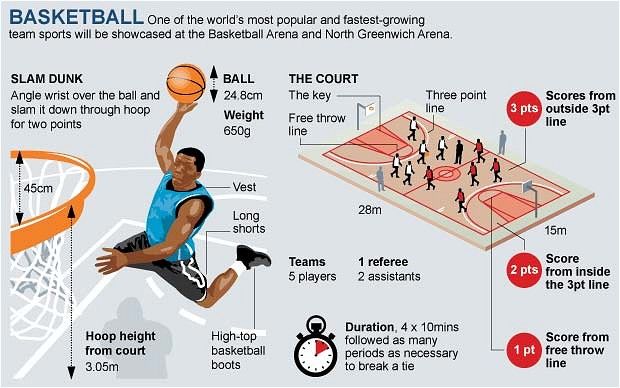 Modern football equipment has not only practicality. It looks great and consists of many elements, each of which performs a strictly assigned function.
Modern football equipment has not only practicality. It looks great and consists of many elements, each of which performs a strictly assigned function.
It is important to note that the color scheme of the uniforms of football players is determined by each football club or national team, and also corresponds to certain traditions.
T-shirt
The main element of the uniform of every modern football player is a T-shirt. On its back is always the number of the player under which they play in a particular team. The number is required to identify the player on the field during training or a match. Today, players can choose a number from 1 to 99, while previously players were given numbers from 1 to 11.
Also on the back of the shirt you can find the name or nickname of the player.
Football shorts
Another important element of the uniform of a football player is shorts. Modern football shorts are very comfortable and do not restrict the player's movements during the game.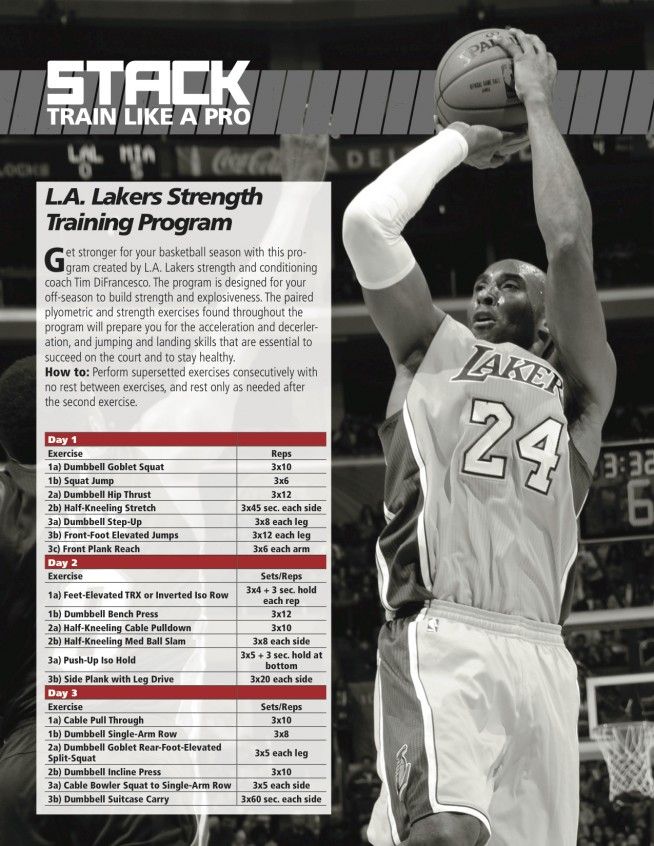 They usually also have the player's number on them.
They usually also have the player's number on them.
Gaiters
Leggings are below the shorts. What are they needed for? The fact is that the socks warm the muscles of the players and allow them to spend much less time and effort on warming up. In addition, stretching will be much less traumatic. If a football player wears high leggings, then they will help to avoid injury during a fall. Summing up, we can say that leggings perform several functions at once: they not only warm up and fix the muscles, but also quite effectively protect them from possible sprains or injuries.
Guards
Also, players wear special shields. Shields are an integral attribute of the form of a modern football player. They are needed to protect the player's legs from any physical damage. The thing is that the tibia is considered insufficiently protected, so it is more prone to injury than other bones. Moreover, such injuries can be very painful, and football pads, in turn, are able to distribute the load over the entire surface of the leg, which reduces the force of impact. Despite this, the pads will not be able to help with too much impact.
Despite this, the pads will not be able to help with too much impact.
Today there are several types of football pads. They are divided into 2 types based on the level of protection. Some of them have Achilles tendon protection as well as ankle protection. Others cannot boast of having such protection, but they are much lighter and more convenient.
Boots
Another important attribute of the form of any football player is boots. They are special sports shoes that are designed for playing football. The key difference between this shoe and the usual one is the presence of spikes, which are located directly on the sole. Today there are many varieties of football boots.
They differ in the total number of spines, as well as their shape. Modern boots are made from artificial or genuine leather. Each of these materials has both advantages and disadvantages. Most of the leading companies involved in the production of this mold element are trying to produce models whose qualities are understandable to everyone.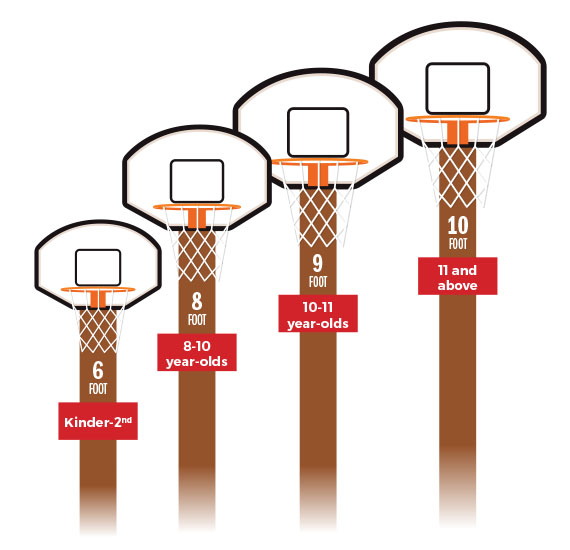 For example, many sports shoe companies pay special attention to weight. That is why many models of modern boots weigh very little.
For example, many sports shoe companies pay special attention to weight. That is why many models of modern boots weigh very little.
Soccer ball, characteristics and dimensions
Also in modern football, special attention is paid to balls. It is important to note that the parameters of the ball that can be used for the game are strictly regulated by the football rules. In particular, it must have a spherical shape. The ball may be made of either leather or some other similar material. Today, in the manufacture of soccer balls, synthetics are most often used.
The circumference of the ball should be no more than 70 cm, and the mass - no more than 450 g. Any modern soccer ball consists of 3 components at once: a chamber, tires and lining. Each soccer ball used during a match is quite expensive, but sometimes even it can burst. In this case, the game is stopped, and the bursting ball is changed to a new one.
It is important to note that today soccer balls are sold in a wide variety of colors. Moreover, if the match takes place on a snowy field, balls of bright (orange) colors are used. By the way, the vast majority of soccer balls are produced in just one country - in Pakistan.
Moreover, if the match takes place on a snowy field, balls of bright (orange) colors are used. By the way, the vast majority of soccer balls are produced in just one country - in Pakistan.
Football goals and everything connected with them
Goals are of particular importance in modern football. They consist of several poles, which are located at an equal distance from the flagpoles, connected by a crossbar. All goals used during matches must be anchored to the ground. Also attached to them is a mesh. The crossbar and goalposts are always painted white, as other colors of football goals are not allowed by the rules.
Goals are one of the key elements on the football field, because it is in them that the players of the teams need to score a goal in order to win the match.
Football field
Speaking of football, it is simply impossible not to mention the football field. It is a special platform, the size and layout of which are regulated by special rules. A football field can be covered with either artificial turf or natural turf. The main thing is that this coating has a green color.
A football field can be covered with either artificial turf or natural turf. The main thing is that this coating has a green color.
The shape of the football field must be strictly rectangular and the touch line must be longer than the goal line.
The football field is divided into several halves at once. This is done using the middle line in white. In addition, each half of the field must have a penalty area. The penalty area is the area where the goalkeeper can play with his hands. If a violation is committed in this penalty area, then a 11-meter kick (penalty) can be assigned to the goal.
Bestseller
-
1576 points of issue of orders
throughout the Russian Federation
-
1 356 450
satisfied customers
-
Working
7 days a week
-
50,000 items
in stock
-
12 years old
online market
Your cart is loading.